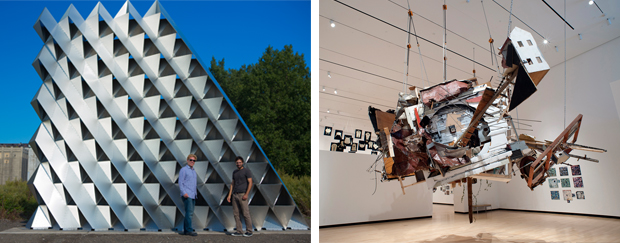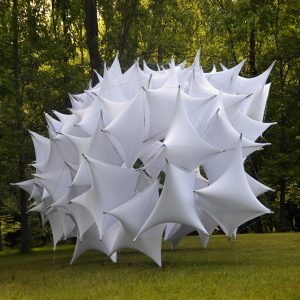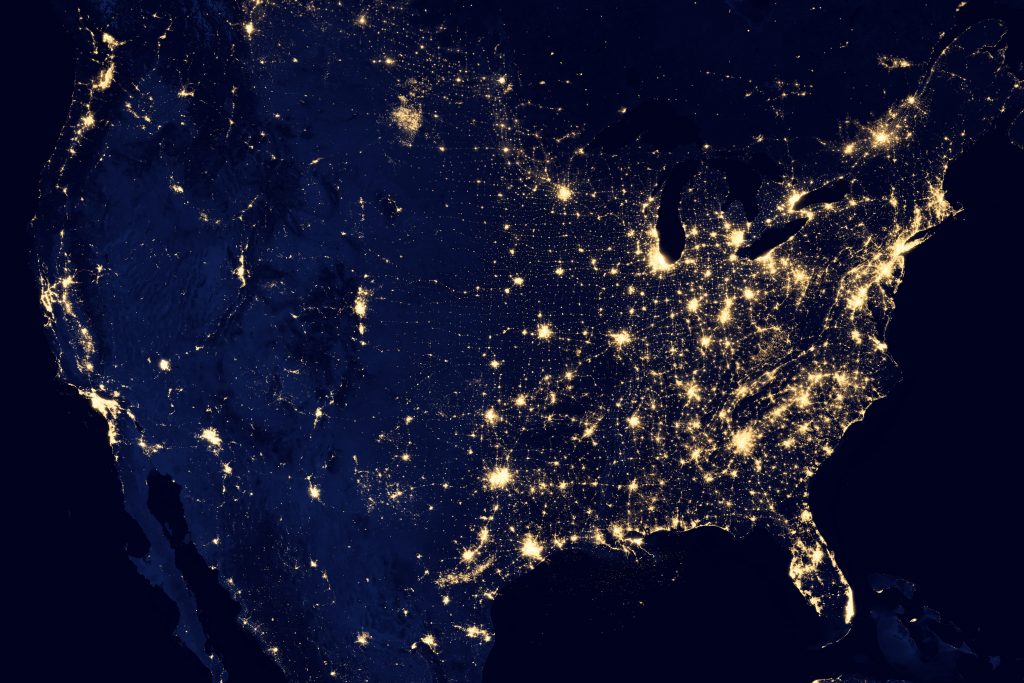Reading 1
Christopher Frayling, “Research in Art and Design”
Question 1:
In design school, is the approach of research-first, then build more effective than design first, then research? This is a question that has to do with providing a means to an end. What is more productive? Is this question subjective and based on the individual designer? If you study Chris Romano and Nick Bruscia’s “2XMT” the research informed the final built product. When you compare this do Dennis Maher’s “Aggregate Lost”, the structure is built first and then studied and interpreted after.

Question 2:
There are certain mediums that can be used to describe both “research” and “Research”. One example is art. There are different types of art that could be considered one or the other. How does one define the difference between the two when considering the same medium? Does the commercialization of an idea have anything to do in differentiating “research” and “Research”? Most often, “Research” is developed in hopes of gaining knowledge to use in the creation of a product. “research” is done for self fulfillment, or fun. An example is Ball State’s tensegrity structure for a local art fair. Is this installation considered “Research” or “research”… Or both?

Another example of using art to inform research is photography. Photography turns art into research… The act of observation leads to a static image, which can be questioned and used to formulate a hypothesis.

Question 3:
Does “Research” earn the title because it is peer reviewed? Does the approval of others make research valid?
Reading 2
David Solomon, “Experimental Cultures: On the ‘End’ of the Design Thesis and the Rise of the Research Studio“
Question 1:
Does the act of doing away with the individual thesis have a negative effect on the student? By replacing it with the “advanced studio”, does the student benefit from having a another semester of design studio similar to their previous 11 studios before that? Being able to do research, formulate an idea, and see it through is an invaluable skill that every student should learn. Even if it is directed by a faculty member and not individually.
Question 2:
In the late 19th century design was thought to be the most important subject taught in architecture school with the least academic credentials. Today it is still emphasized as the most important subject and it now consumes a large portion of academic credentials. Is this a matter of emphasis on design over function? Are we moving towards a phase where design is all consuming and the elements that are placed within a structure are almost an afterthought? If so, is this a good lesson to be teaching future architects. If not, should we be designing with the systems already integrated to help benefit the design. Would this force the way studio is taught traditionally today to be structured in a new way?
Question 3:
Does the thesis reflect the curriculum or does it create a new curriculum? Does the act of researching, discovering something new, and building upon it lead to the creation of something that people can use to learn and design from?
